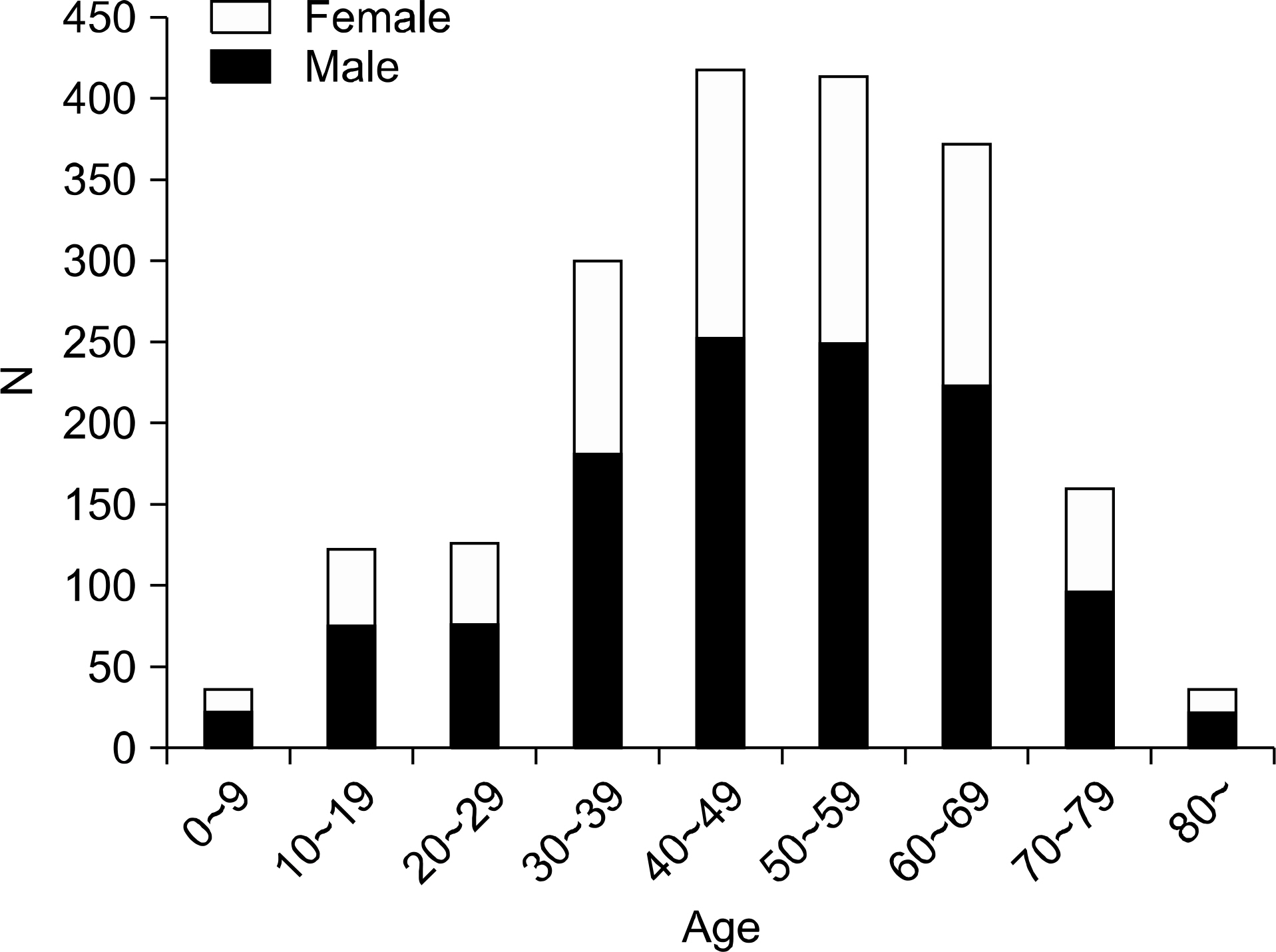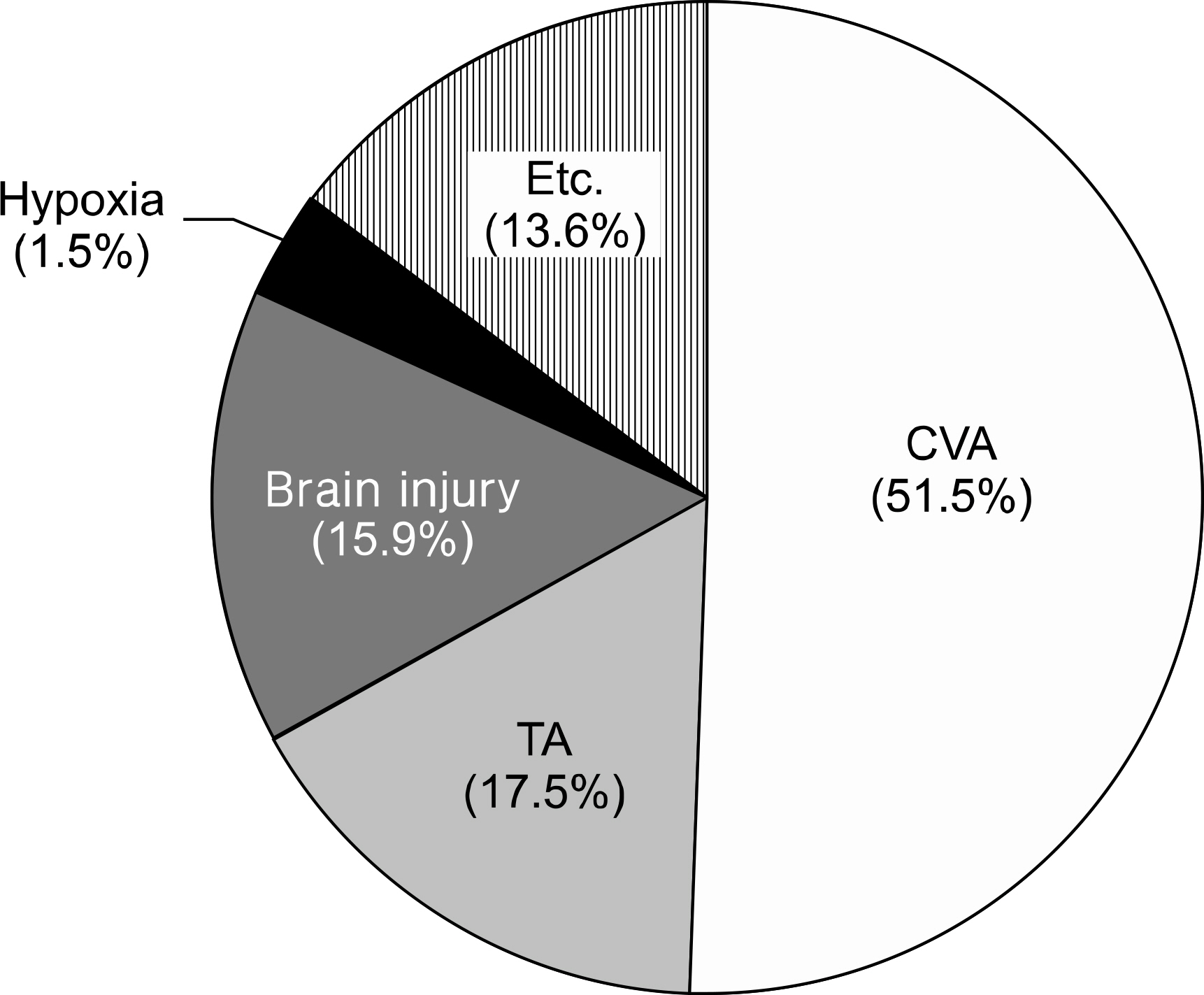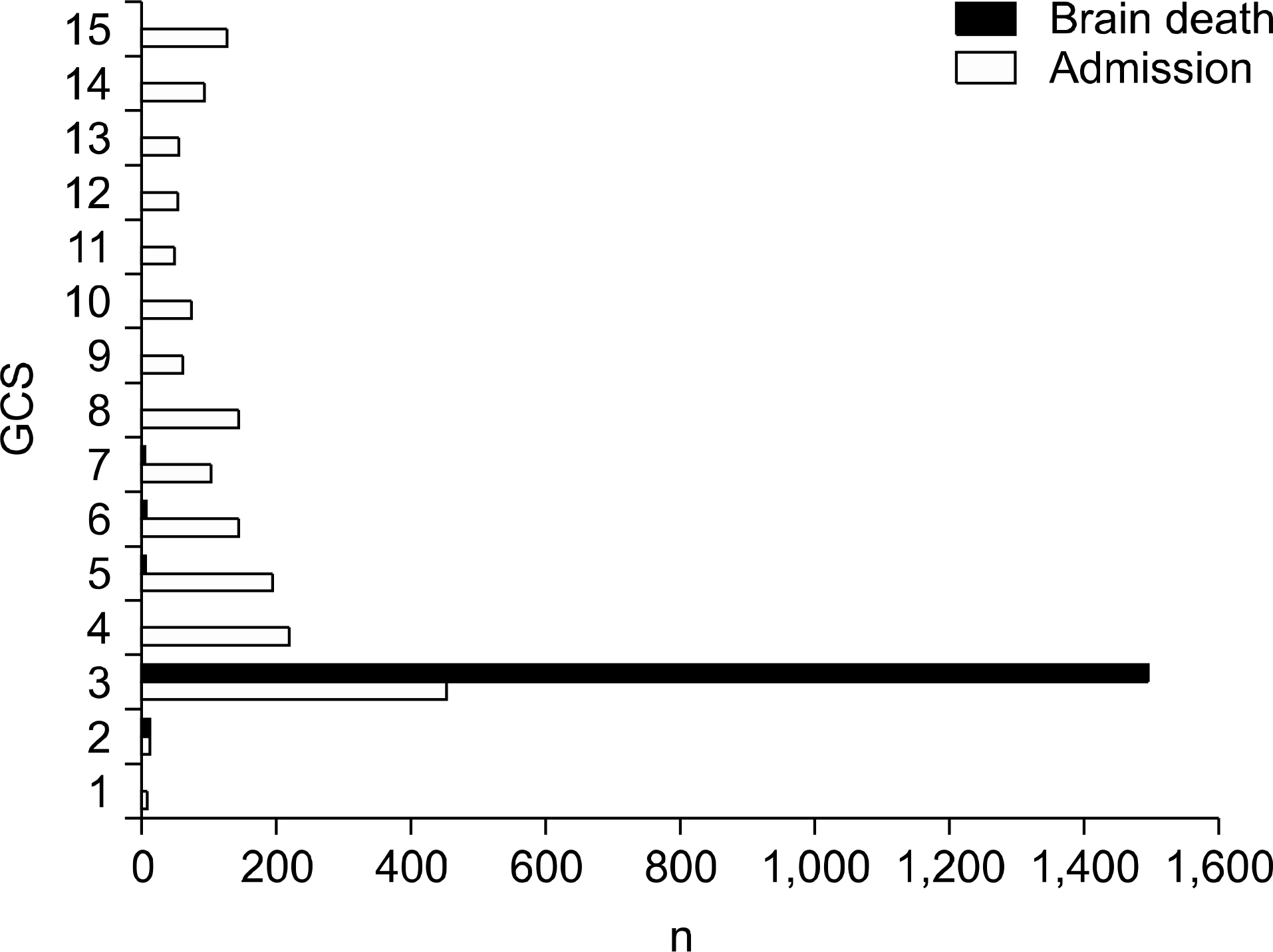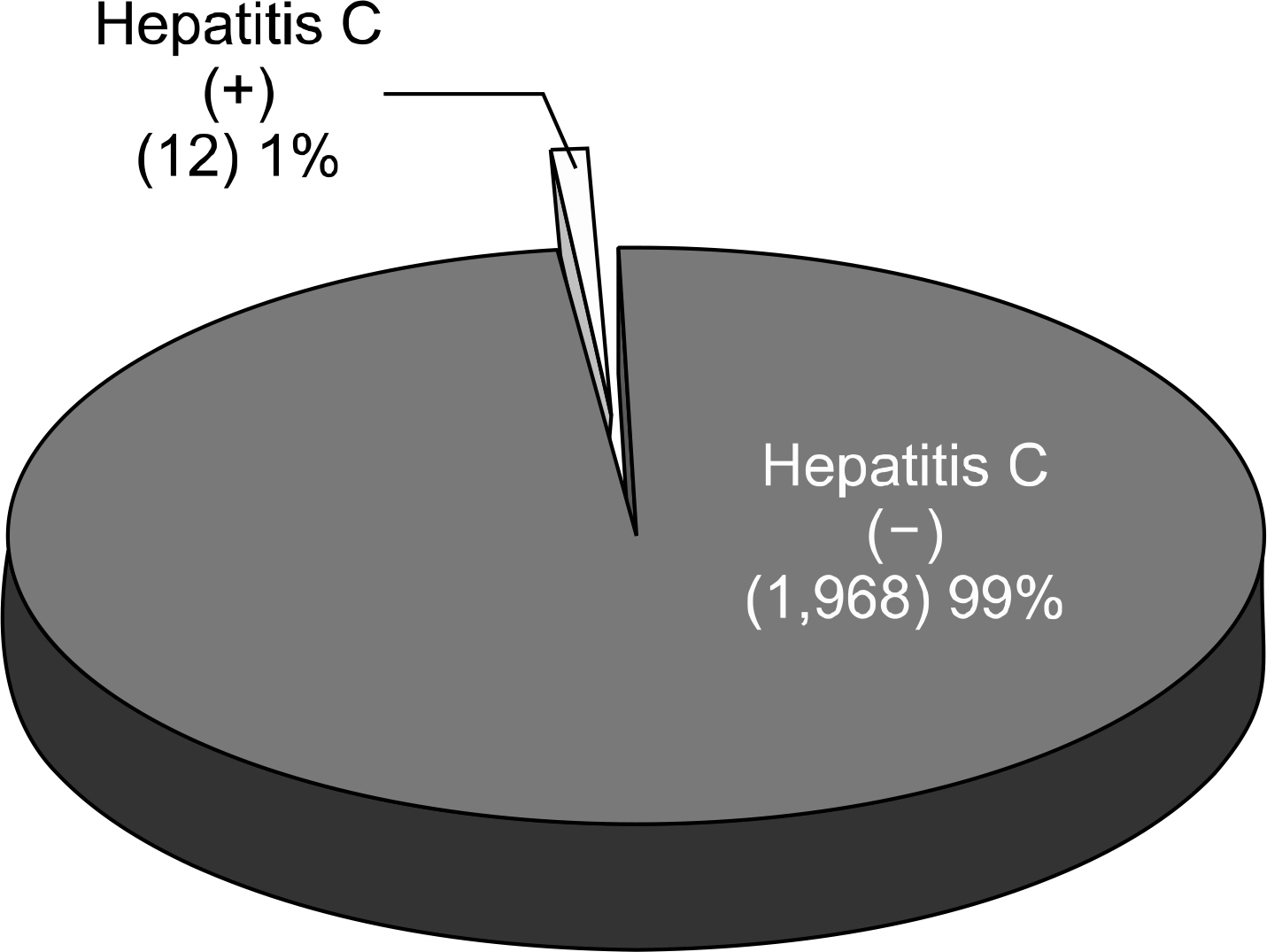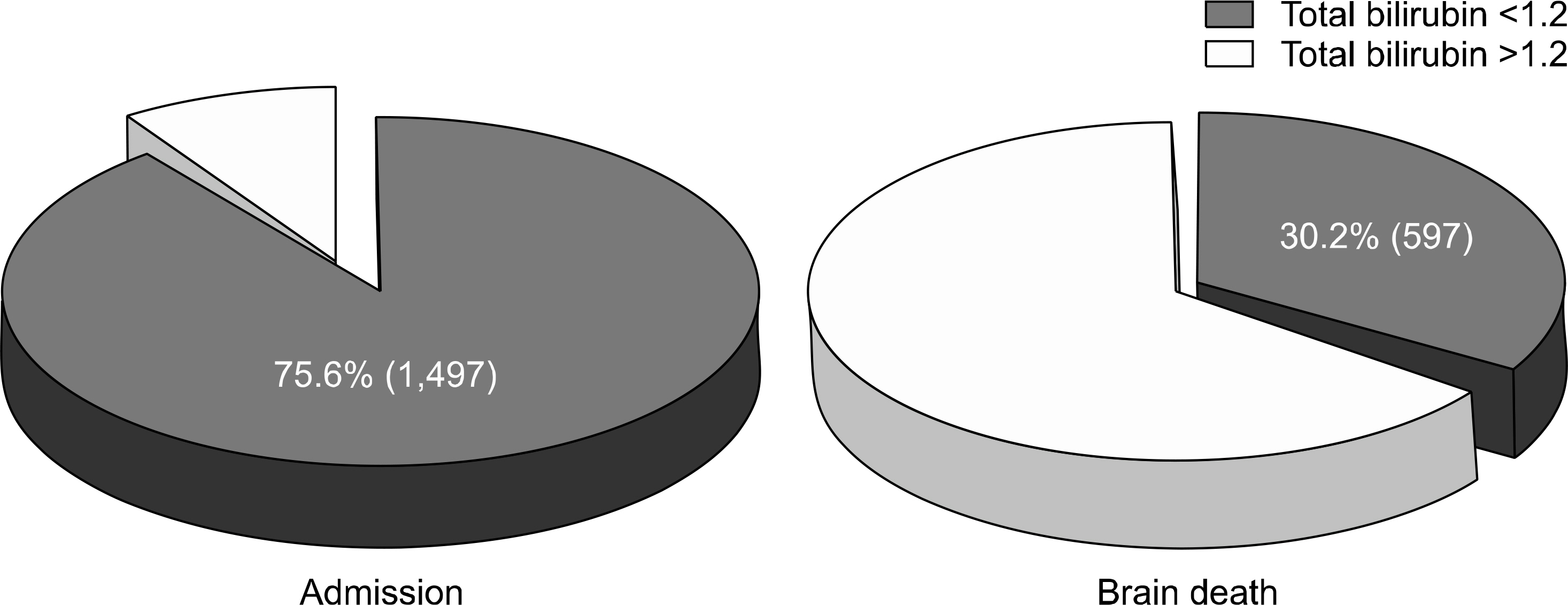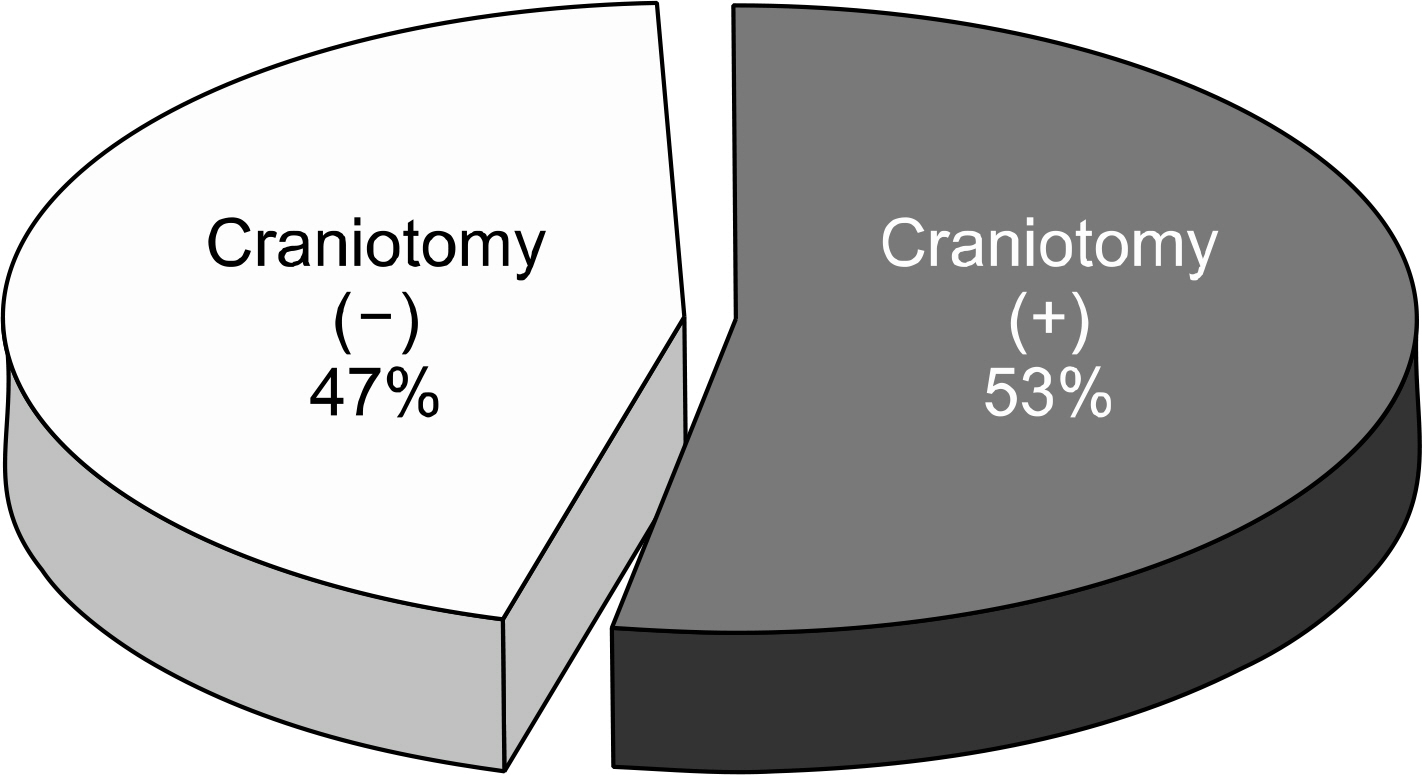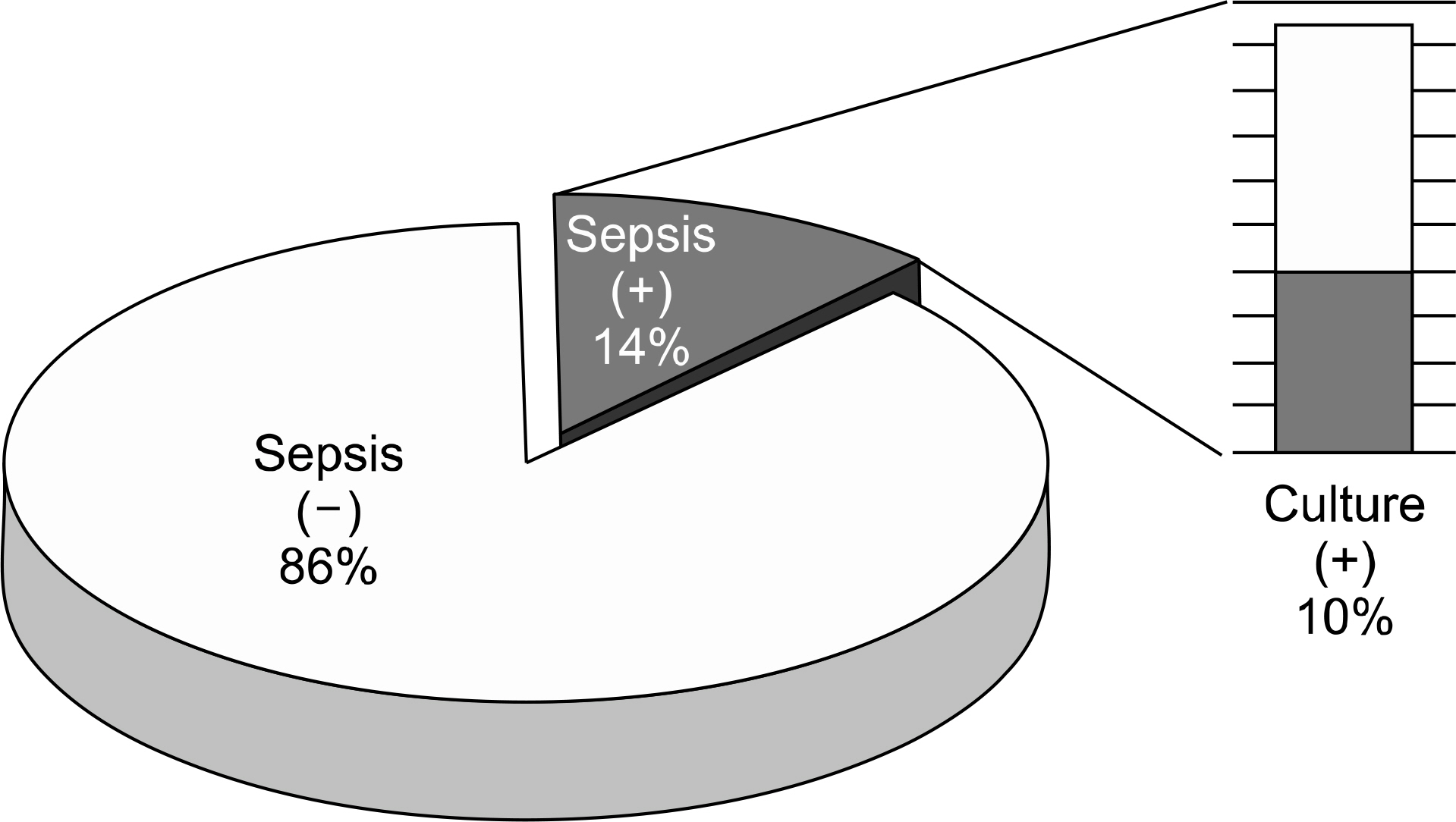J Korean Soc Transplant.
2011 Jun;25(2):106-112.
Analysis of the Potential Deceased Donors in the Neurosurgical Intensive Care Units of Korea
- Affiliations
-
- 1Department of Surgery, Kangdong Sacred Heart Hospital, Hallym University College of Medicine, Seoul, Korea. slee@hallym.or.kr
- 2Department of Internal Medicine, Seoul National University College of Medicine, Seoul, Korea.
- 3Department of Surgery, Yonsei University College of Medicine, Seoul, Korea.
- 4Department of Surgery, Asan Medical Center, University of Ulsan College of Medicine, Seoul, Korea.
- 5Department of Surgery, Keimyung University College of Medicine, Daegu, Korea.
Abstract
- BACKGROUND
The shortage of donor organs is the main problem that needs to be solved in Korea as well as in other countries. To expand the donor pool, we retrospectively reviewed the brain-dead patients who expired without organ donation in the neurosurgical intensive care units (NICU) and evaluated the potential deceased donors (PDDs).
METHODS
Between January 2008 and December 2008, PDDs who expired without organ donation in the NICU were recruited from 52 secondary or tertiary referral hospitals in Korea. The data of a total 2,288 PDD cases were collected from the questionnaire. Of these, 1,980 cases were eligible for analysis.
RESULTS
There were 1,166 males (58.9%) and 793 females (40.1%) with a mean age of 57.6+/-18.0 years (21.2% in the 5th decade; 21.0% in the 6th decade). The most common cause of death of PDDs was cerebrovascular accident (n=1,034; 52.2%). Glasgow Coma scale was 3 in 23.1% and 4 in 12.1% of the PDDs. Craniotomy was performed in 996 patients (50.3%). Sepsis developed in 276 patients (14.0%) among the total PPDs. Diagnostic procedure for assessment of brain death was performed in 194 patients (9.8%). The seroprevalence of HBsAg and HCVAb was 1.7% and 0.6%, respectively. The mean AST/ALT level on admission and after brain death were 80.9+/-344.9/49.0+/-162.19 and 308.6+/-1,485.2/142.5+/-596.27 IU/L, respectively. Uriney protein level was normal in 1,221 patients (61.7%) after brain death. Of the 1980 PDDs, 19 patients (1%) donated their organs for transplantation.
CONCLUSION
Only a small percentage (1%) of PDDs in the NICU donated their organs in Korea. We suggest that continuous and active donor action is needed to increase organ donation from the potential deceased donors.
MeSH Terms
-
Brain Death
Cause of Death
Craniotomy
Critical Care
Female
Glasgow Coma Scale
Hepatitis B Surface Antigens
Humans
Intensive Care Units
Korea
Male
Neurosurgery
Surveys and Questionnaires
Retrospective Studies
Sepsis
Seroepidemiologic Studies
Stroke
Tertiary Care Centers
Tissue and Organ Procurement
Tissue Donors
Tuberculin
Hepatitis B Surface Antigens
Tuberculin
Figure
Reference
-
References
1). Kwak JY. Brain death donor transplantation and organ transplantation law in Korea. J Korean Soc Transplant. 2007; 21:1–3. (곽진영. 뇌사자 장기이식과 장기 등 이식에 관한 법률. 대한이식학회지 2007;21: 1–3.).2). Cho WH, Kim SI, Kim MS, Ahn C, Bang KT, Jeon KO, et al. A proposal to activate organ donation: report of organ allocation study group. J Korean Soc Transplant. 2009; 23:8–14. (조원현, 김순일, 김명수, 안규리, 방기태, 전경옥 등. 국내 장기기증 활성화를 위한 방안: Organ Allocation 연구회 보고서. 대한이식학회지 2009;23: 8–14.).3). Matesanz R, Miranda B. Organ donation for transplantation. “. The Spanish model. ”. Madrid: Grupo Aula Medica;1996.4). Kim MG, Jeong JC, Cho EJ, Huh KH, Yang JS, Byeon NI, et al. Operational and regulatory system requirements for pursuing self-sufficiency in deceased donor organ transplantation program in Korea. J Korean Soc Transplant. 2010; 24:147–58. (김명규, 정종철, 조은진, 허규하, 양재석, 변년임 등. 뇌사 장기이식 활성화를 위한 우리나라 장기이식 운영 및 관리체계. 대한이식학회지 2010;24: 147–58.).
Article5). Noël L, Martin D. Progress towards national self-suffi-ciency in organ transplantation. Bull World Health Organ. 2009; 87:647.6). Delmonico FL. Striving to achieve a national self-suffi-ciency. Transplant Int. 2011; 24:315–6.
Article7). Cho WH, Kim HT, Lee HJ, Seo YM, Lee SD, Son EI, et al. Development of Korean model for independent organ procurement organization. J Korean Soc Transplant. 2008; 22:109–19. (조원현, 김형태, 이현진, 서영민, 이상도, 손은익 등. 지역 장기구득기관의 한국형 모델 개발. 대한이식학회지 2008;22: 109–19.).8). Park YJ, Kang HJ, Kim EM, Shin WY, Yi NJ, Suh KS, et al. Esbablishment of active identification and management system for potential brain dead donors in life-link center. J Korean Soc Transplant. 2009; 23:43–51. (박양진, 강현진, 김은만, 신우영, 이남준, 서경석 등. 생명연결본부: 능동적인 잠재뇌사자 발굴신고 및 뇌사장기 기증자 관리체계 구축. 대한이식학회지 2009;23: 43–51.).9). Matesanz R, Dominguez-Gil B, Coll E, de la Rosa G, Marazuela R. Spanish experience as a leading country: what kind of measures were taken? Transplant Int. 2011; 24:333–43.
Article10). Paez G, Valero R, Manyalich M. Training of health care students and professionals: a pivotal element in the process of optimal organ donation awareness and professionalization. Transplant Proc. 2009; 41:2025–9.
Article11). Matesanz R. Factors influencing the adaptation of the Spanish Model of organ donation. Transpl Int. 2003; 16:736–41.
Article12). Simini B. Policy and people: Tuscany doubles organ donation rates by following Spanish example. Lancet. 2000; 355:467.13). Matesanz R, Miranda B. Organ donation-the role of the media and public opinion. Nephrol Dial Transplant. 1996; 11:2127–8.14). Cuende N, Canon JF, Alonso M, Martin C, Sagredo E, Miranda B. ONT quality control programme for the donation process evaluation. Nefrologia. 2003; 23(Suppl 5):28–31.15). Andersen KS, Fox DM. The impact of routine inquiry laws on organ donation. Health Aff (Millwood). 1988; 7:65–78.
Article
- Full Text Links
- Actions
-
Cited
- CITED
-
- Close
- Share
- Similar articles
-
- Barriers to the identification of possible organ donors among brain-injured patients admitted to intensive care units
- Rehabilitation in Intensive Care Unit
- Management and Evaluation Prior to Transplantation of Deceased Donor
- Medical Management of Brain-Dead Organ Donors
- Current Status and a Prospect of Neonatal Intensive Care Units in Korea

